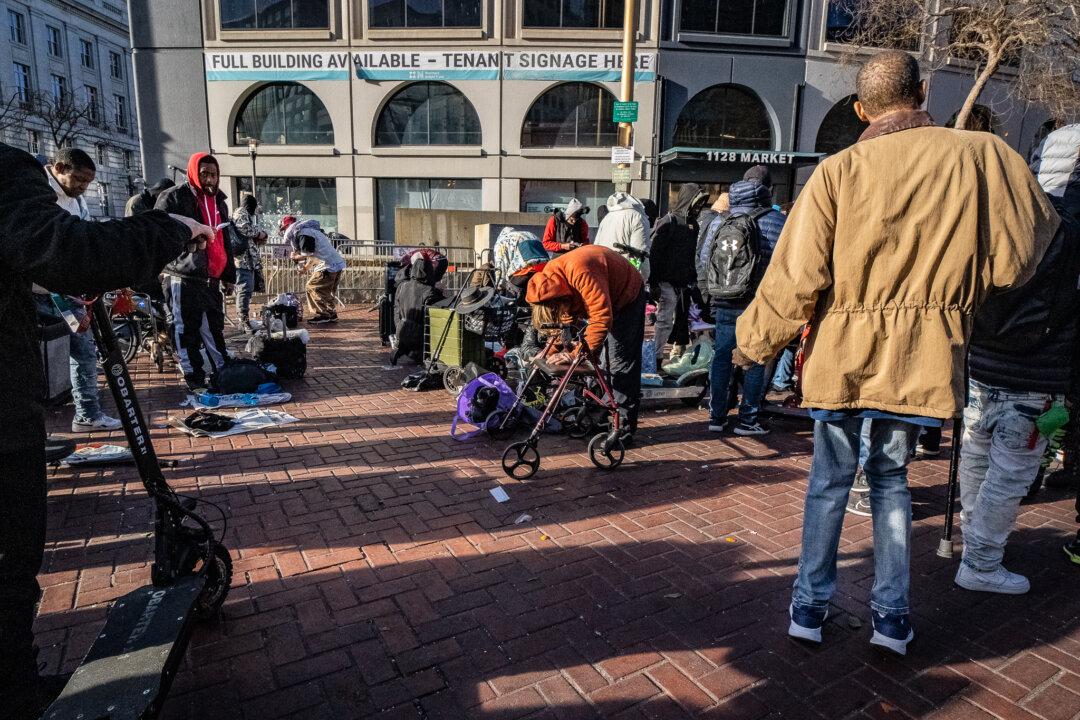As cautious consumers continue to leave grocery store shelves bare, California’s ranchers and farmers have been rising to the challenge of feeding the nation.
For many food producers, working on their ranches and farms during the COVID-19 pandemic has been business as usual—but getting their products to consumers has become challenging.





